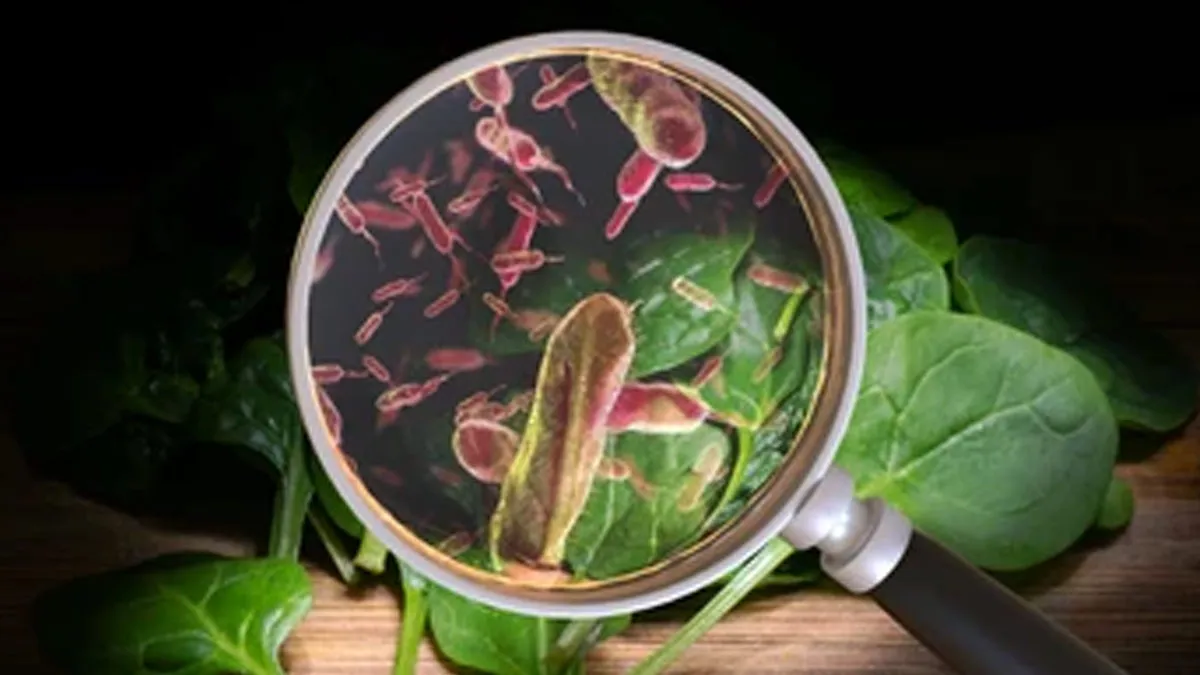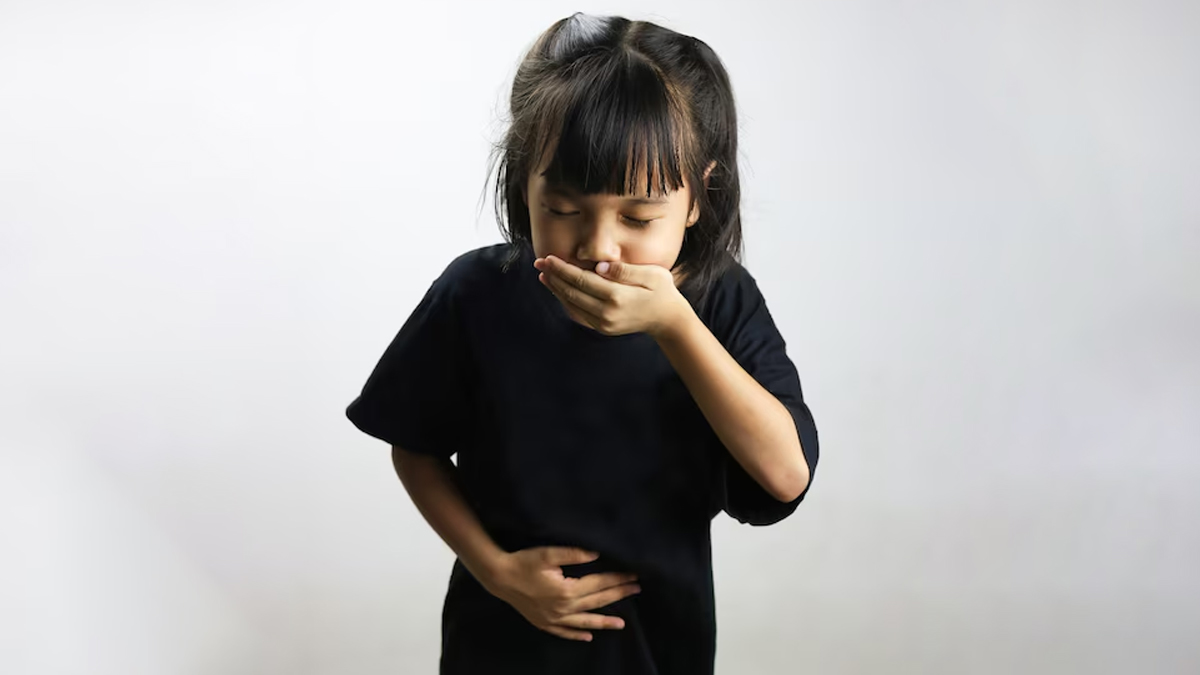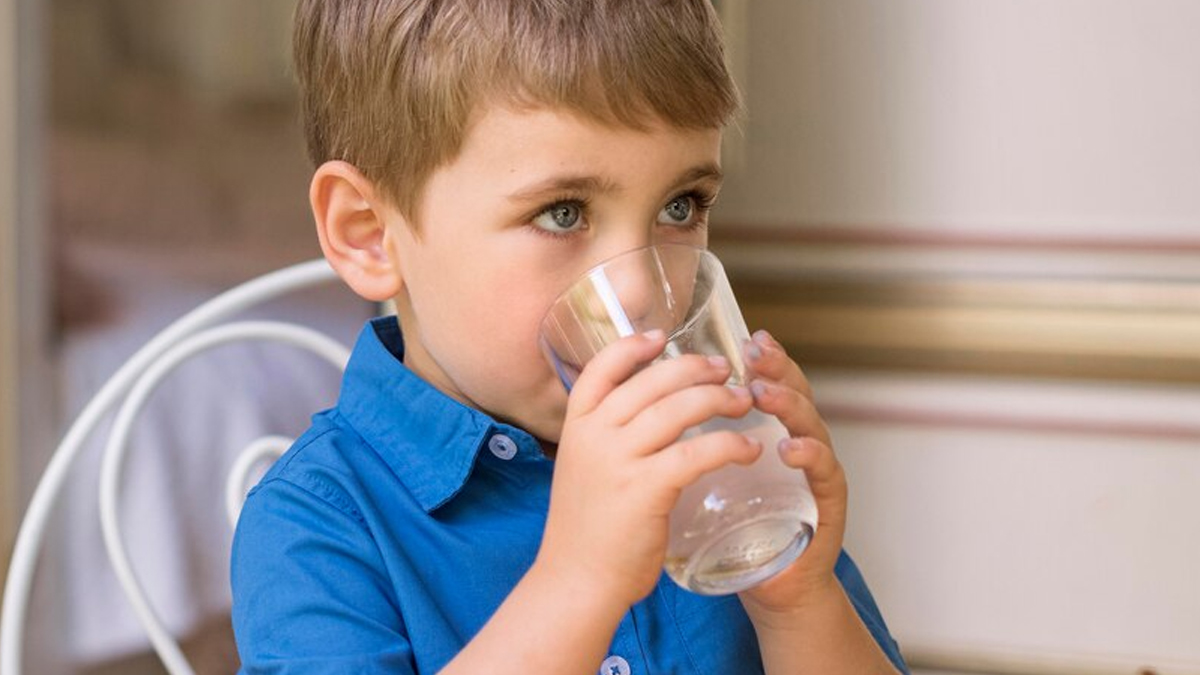
Has your child ever come down with a sudden bout of stomach pain, vomiting, and diarrhoea? Childhood stomach bugs are common, but a sneaky culprit behind many is Salmonella. This bacteria can quietly enter your kitchen through everyday foods like chicken, eggs, or raw vegetables. While often mild, understanding its causes, symptoms, and how to tackle it is crucial for every parent.
Table of Content:-
We spoke to Dr Srujan Kumar Dasyam, Consultant Medical Gastroenterologist, Hepatologist, and Therapeutic Endoscopist, KIMS Hospital, Hyderabad, who explained this condition in kids, its causes, signs, and management measures.
What Is Paediatric Salmonella Gastroenteritis?

"It is an infection caused by Salmonella bacteria, a common cause of childhood intestinal problems worldwide. Salmonella bacteria are tiny organisms that thrive in poultry, reptiles, and livestock," said Dr Dasyam. The Centers for Disease Control and Prevention (CDC) states that Salmonella leads to approximately 1.35 million infections and results in 420 deaths each year in the United States.
The most frequent method of transmission to children is by contaminated food, including undercooked chicken or eggs, raw meat, unpasteurised milk, or fruits and vegetables contaminated with the bacteria. "To reduce the risk, be mindful of kitchen cross-contamination, such as when raw meat juices touch other foods and prioritise proper hand hygiene," he added.
Signs of Salmonella Gastroenteritis
The symptoms of Salmonella infection usually manifest within 12-72 hours of exposure. Dr Dasyam shared the warning signs as follows:

- Diarrhoea: Frequent, often watery diarrhoea, although occasionally with mucus or a trace of blood.
- Abdominal pain: It can range from a mild grumble to sharp cramps.
- Vomiting: It can sometimes start even before the diarrhoea kicks in.
- Fever: It can be low-grade or climb higher in some cases.
- Other symptoms: Headaches and muscle aches can also make your child unwell.
Also Read: Can Raw Chicken Give You Paralysis? Here's How Guillain-Barre Syndrome Gets Triggered
Risk Factors For Salmonella Gastroenteritis
Most children bounce back from Salmonella within a week. However, infants and children with weakened immune systems are more vulnerable. In these cases, the infection may lead to dehydration, electrolyte imbalances, or more serious complications like bloodstream infections.
How To Manage Salmonella Gastroenteritis?

- Hydration: Oral rehydration solutions (available at pharmacies) help replace lost fluids and electrolytes. If your child cannot retain fluids, intravenous hydration may be needed.
- Keep Eating (Gently): Don't starve your child! Provide bland, easily digestible foods as tolerated.
- Breastfeeding: Don't skip breastfeeding for babies.
- Fever: Take medicines prescribed by your doctor to manage fever and pain.
"Generally, antibiotics aren't the first line of treatment for uncomplicated Salmonella infections in healthy children. They don't usually speed up recovery and, in some cases, might even prolong how long the bacteria stays in the body. However, in certain circumstances, such as severe illness, young infants, or children with pre-existing conditions, antibiotics may be considered," added Dr Dasyam.
Also Read: Are IBS Symptoms Worse In The Morning? A Gastroenterologist Shares Tips To Reduce Flare-Ups
Staying Safe: How to Prevent Salmonella
Follow these expert-recommended measures to prevent salmonella infection in children:

- Cook it Right: Always cook poultry, eggs, and meat to safe internal temperatures.
- Egg- Care: Do not use raw or runny eggs in recipes.
- Kitchen Cleanliness: Use two different cutting boards and tools for raw and cooked food. Wash your hands like a surgeon if you have handled raw meat or poultry.
- Fridge Rules: Store perishable food immediately.
- Handwashing Habits: Wash hands thoroughly before meals, after using the toilet, and after touching animals.
- Water Wise: Provide access to clean drinking water.
- Daycare Defence: If your child goes to daycare, check if they have strict hygiene habits.
- Travel Smart: When travelling, take extra care with food and water sources.
[Disclaimer: This article contains information provided by an expert and is for informational purposes only. Hence, we advise you to consult your professional if you are dealing with any health issue to avoid complications.]
Also watch this video
How we keep this article up to date:
We work with experts and keep a close eye on the latest in health and wellness. Whenever there is a new research or helpful information, we update our articles with accurate and useful advice.
Current Version